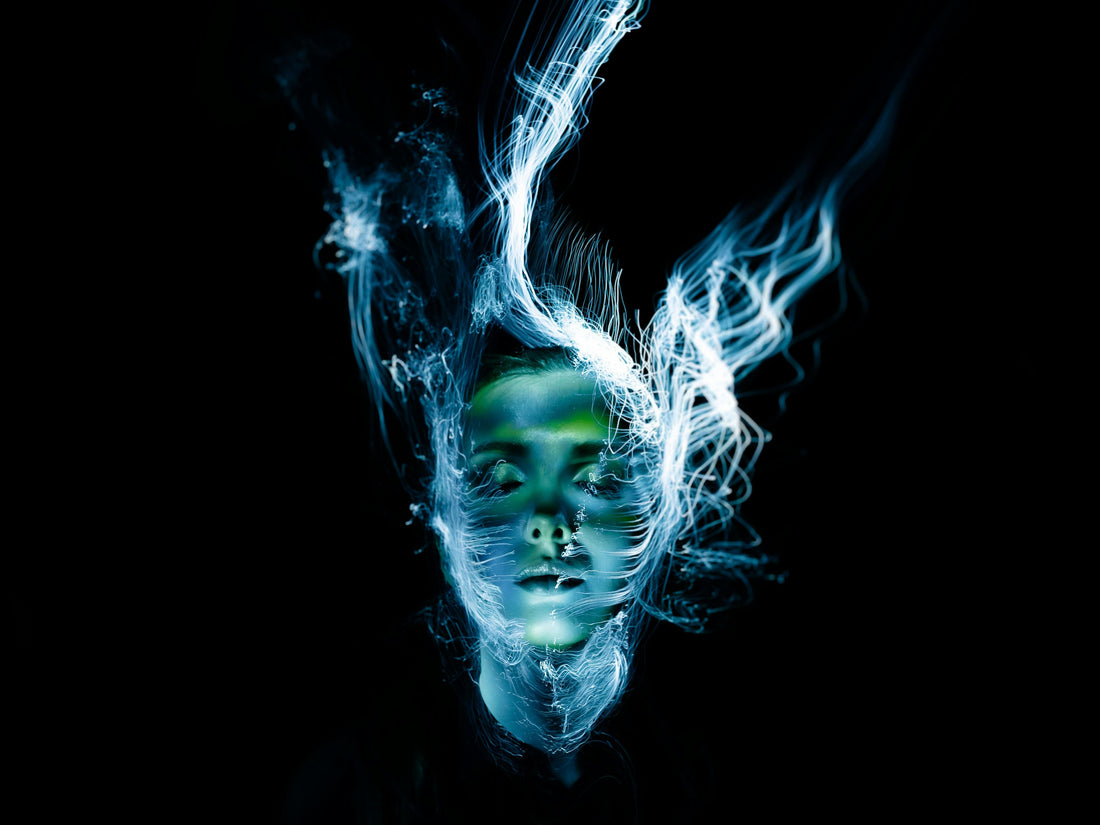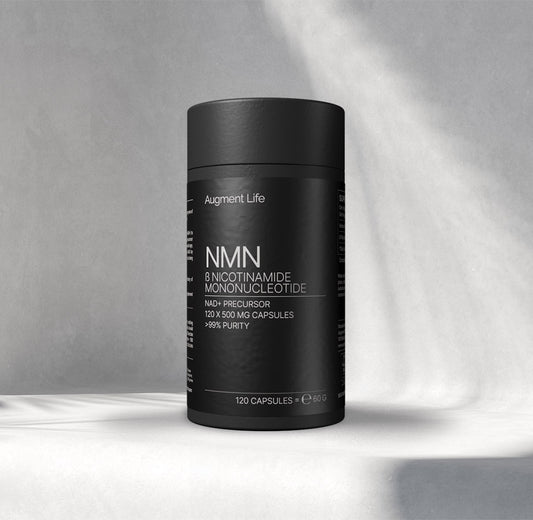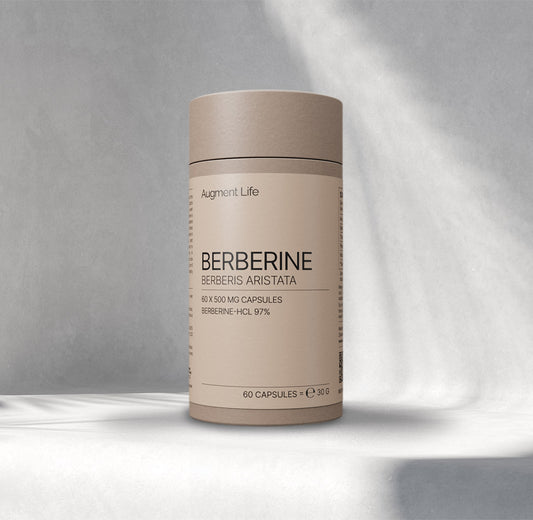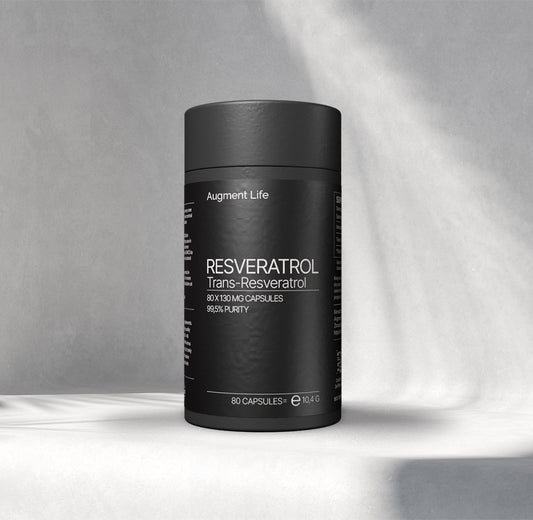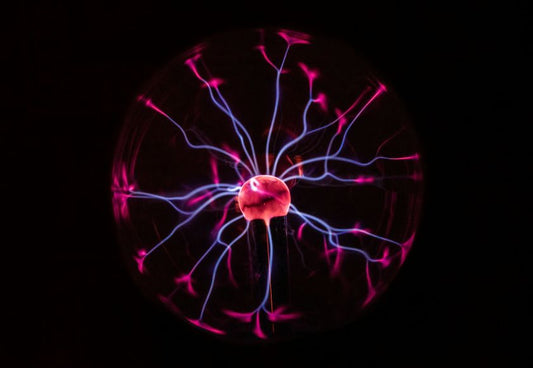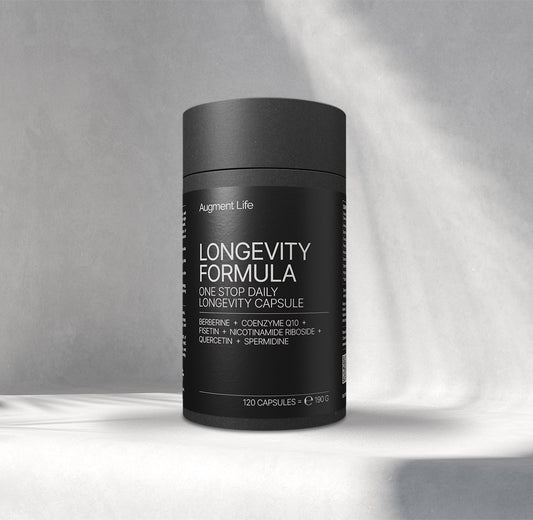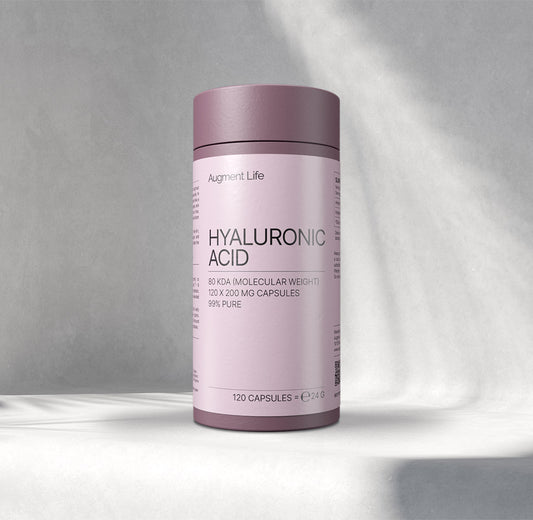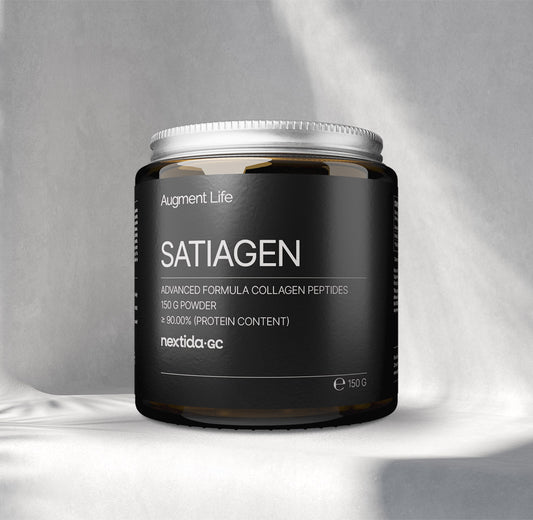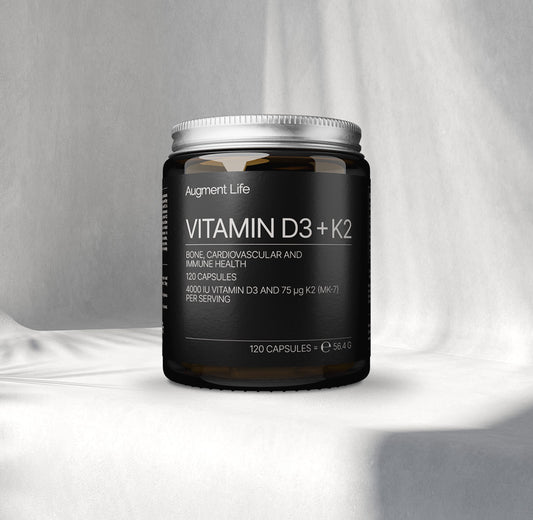Vous êtes curieux de savoir comment la thérapie par lumière LED peut transformer votre peau ?
Ce traitement utilise différentes longueurs d'onde de lumière LED pour pénétrer la peau à diverses profondeurs, combat l'acné, l'inflammation, les signes du vieillissement, favorise la production de collagène et d'élastine (des protéines qui aident à améliorer l'élasticité de la peau et à réduire les rides), et aide même à la guérison des petites blessures.
Continuez à lire pour découvrir tout ce que vous devez savoir sur son efficacité, sa sécurité, la fréquence d'utilisation du masque LED et comment il s'intègre dans votre routine de soins de la peau !
Qu'est-ce que la thérapie par lumière LED ?
La thérapie par lumière LED (diode électroluminescente) est un traitement non invasif qui pénètre les couches de la peau pour améliorer l'apparence et la santé de la peau.
Grâce à la technologie LED, la peau absorbe l'énergie lumineuse, ce qui déclenche des changements cellulaires par un processus appelé photobiomodulation (PBM). Ce processus influence l'expression des gènes et les fonctions cellulaires, entraînant divers effets sur la peau qui ne sont pas encore entièrement compris.
Les études montrent que la PBM est efficace pour le rajeunissement de la peau, visant à améliorer l'apparence générale de la peau en réduisant les rides et ridules, et en améliorant la texture, le teint et la dyschromie de la peau (1). L'énergie de la lumière LED aide à améliorer l'élasticité de la peau et à réduire les pores, prévient les rides (2).
Les avantages du masque LED incluent son efficacité, sa sécurité, sa facilité d'utilisation à domicile, un temps d'arrêt minimal, une utilisation simple, non invasive et des résultats appréciables en seulement 6 semaines (1).
Vous pouvez en savoir plus sur les avantages des masques LED à lumière rouge dans l'un de nos articles précédents ici :
Jetez un œil à un masque de thérapie LED avancée disponible chez Augment Life Shop :
Notre masque de thérapie LED avancée dispose de 4 modes lumineux ciblés, chacun conçu pour offrir des bénéfices maximums pour la peau :
- 440 nm (lumière bleue) – Réduit l'acné en ciblant les bactéries responsables des éruptions cutanées.
- 590 nm (lumière jaune) – Apaise la peau, réduit les rougeurs et améliore la circulation.
- 630 nm (lumière rouge) – Stimule la production de collagène, réduisant les ridules, les cicatrices et les rides.
- 850 nm (lumière infrarouge proche) – Pénètre profondément pour favoriser la guérison et la régénération de la peau.
Quand utiliser un masque LED dans votre routine ?
Les masques LED peuvent être un excellent ajout à votre routine de soins de la peau. Gardez à l'esprit qu'ils fonctionnent mieux lorsqu'ils complètent une routine bien équilibrée de traitements en institut, une routine de soins complète et une utilisation régulière.
- Nettoyez la peau : Avant d'utiliser un masque LED, il est recommandé de commencer avec un visage propre et sec pour garantir que la peau est prête pour une pénétration optimale de la lumière. Retirez délicatement le maquillage, la saleté ou les impuretés de la peau avec un nettoyage doux.
- Utilisez avant d'appliquer les produits de soins de la peau - Il est généralement conseillé d'utiliser le masque LED avant d'appliquer tout produit de soins que vous utilisez habituellement, comme des crèmes hydratantes, des sérums ou des traitements. Cela permet à la lumière LED de mieux pénétrer la peau.
- Ajustez selon vos besoins spécifiques - Les masques LED peuvent être utilisés à différents moments dans une routine de soins de la peau en fonction de vos objectifs de soins. Vous pouvez l'utiliser le soir comme une partie relaxante et apaisante de votre routine nocturne ou le matin pour bien commencer la journée.
Quelle est la fréquence d'utilisation d'un masque LED à lumière rouge sur votre visage ?
Pour les meilleurs résultats, les dermatologues recommandent d'utiliser un masque LED à lumière rouge trois à cinq fois par semaine pendant au moins 12 semaines pour obtenir les meilleurs résultats.
La fréquence recommandée d'utilisation du masque LED peut varier en fonction de l'appareil spécifique et des instructions fournies. Il est important de suivre les lignes directrices pour éviter une utilisation incorrecte et garantir les meilleurs résultats pour votre peau.
Puis-je utiliser un masque LED tous les jours ?
La thérapie par lumière LED a prouvé son efficacité et sa sécurité lorsqu'elle est utilisée quotidiennement pendant plusieurs semaines dans des essais cliniques contrôlés. Cependant, aucune étude ne recommande spécifiquement une utilisation quotidienne pendant de longues périodes. Si vous envisagez de l'utiliser quotidiennement pendant de longues périodes, il est conseillé de consulter un dermatologue.
Puis-je utiliser un masque LED deux fois par jour ?
Il est généralement déconseillé d'utiliser un masque LED deux fois par jour.
Effets secondaires du masque LED
La source de lumière LED a une largeur de ligne étroite et émet une lumière d'une longueur d'onde spécifique ; donc, les rayons ultraviolets (UV) ou infrarouges (IR) nuisibles ne sont pas émis (2).
Dans une étude clinique sur la thérapie par lumière rouge LED, la sécurité de différents niveaux d'énergie a été évaluée. Il a été constaté que des niveaux d'énergie plus élevés (480–640 J/cm²) pouvaient provoquer des effets secondaires tels que des cloques et des rougeurs prolongées (3).
Cependant, ces niveaux d'énergie plus élevés ne sont pas utilisés dans les masques LED conçus pour un usage à domicile. La plupart des masques LED grand public fonctionnent à des niveaux d'énergie bien plus faibles, autour de 10 à 100 J/cm², ce qui les rend plus sûrs et moins susceptibles de provoquer des effets indésirables.
Une étude récente a révélé que la lumière rouge (630 nm) et infrarouge (850 nm) émise par les masques LED ne nuit pas aux tissus de la peau ni aux yeux en raison de ses faibles niveaux d'énergie (2).
Bien que les masques LED soient généralement considérés comme sûrs pour les traitements de la peau, ils peuvent poser des risques pour la santé des yeux, en particulier lors de l'utilisation de la thérapie par lumière bleue.
Un rapport de cas a documenté des dommages rétiniens (rétinopathie photochimique) chez une femme de 37 ans qui utilisait un masque LED bleu sans protection des yeux. Elle a eu une vision déformée en raison d'une exposition prolongée à la lumière bleue à 460 nm (4).
Ce cas montre que des dommages rétiniens peuvent survenir chez l'homme en raison d'une exposition prolongée à la lumière bleue. Il est donc important de se méfier de l'exposition des yeux et de couvrir les yeux pendant l'utilisation du masque LED (4). Les experts recommandent de porter des lunettes de protection ou de garder les yeux fermés pendant les traitements, en particulier avec la thérapie par lumière bleue.
Les masques LED sont généralement très sûrs lorsqu'ils sont utilisés correctement. Cependant, certaines personnes peuvent ressentir une légère rougeur, sécheresse ou irritation après utilisation, mais cela est généralement temporaire et devrait se résoudre rapidement.
Une utilisation trop fréquente ou prolongée au-delà des directives recommandées peut entraîner une irritation de la peau, de la sécheresse, voire une sensibilité à la lumière au fil du temps. Une utilisation plus fréquente ne donnera pas de meilleurs résultats et pourrait avoir l'effet inverse, il est donc essentiel de suivre les recommandations d'utilisation.
Recommandations finales
Les masques LED conviennent généralement à la plupart des gens, mais ceux qui ont des affections photosensibles (comme le lupus), les personnes prenant des médicaments qui augmentent la sensibilité à la lumière, ou celles ayant des infections cutanées actives devraient éviter d'utiliser des masques LED. La lumière peut potentiellement aggraver ces conditions ou provoquer une réaction indésirable.
En conclusion, bien que les masques LED émettant des longueurs d'onde rouge (630 nm) et infrarouge (850 nm) soient généralement considérés comme sûrs pour les yeux lorsqu'ils sont utilisés correctement, les masques LED émettant de la lumière bleue (440 nm) doivent être utilisés avec prudence en raison du risque potentiel de dommages rétiniens. La lumière jaune (590 nm) est généralement considérée comme sûre pour les yeux en raison de sa longueur d'onde plus longue, mais il est toujours conseillé de prendre des mesures de protection pendant le traitement en raison de l'absence d'études cliniques sur ses effets oculaires spécifiques.
Suivez toujours les instructions du fabricant, utilisez des mesures de protection telles que des lunettes de protection et évitez un usage excessif pour garantir la sécurité lors des traitements.
Sources littéraires :
- Mineroff J, Austin E, Feit E, Ho A, Lowe B, Marson J, et al. Male facial rejuvenation using a combination 633, 830, and 1072 nm LED face mask. Arch Dermatol Res. 2023;315:2605–2611. doi: 10.1007/s00403-023-02663-w.
- Park SH, Park SO, Jung JA. Clinical study to evaluate the efficacy and safety of home-used LED therapy in acne treatment. Journal of Cosmetic Dermatology. 2021 Jul 1;20(7):2250–2255. doi: 10.1111/jocd.13800.
- Jagdeo J, Nguyen JK, Ho D, Wang EB, Austin E, Mamalis A, et al. Safety of light emitting diode-red light on human skin: Two randomized controlled trials. J Biophotonics. 2020 Mar;13(3):e201960014. doi: 10.1002/jbio.201960014. Epub 2019 Dec 8. PMID: 31483941; PMCID: PMC8887049.
- Kim TG, Chung J, Han J, Jin KH, Shin JH, Moon SW. Photochemical retinopathy induced by blue light emitted from a light-emitting diode face mask: a case report and literature review. Medicine (Baltimore). 2020 Jun 12;99(24):e20568. doi: 10.1097/MD.0000000000020568. PMID: 32541484; PMCID: PMC7302677.

